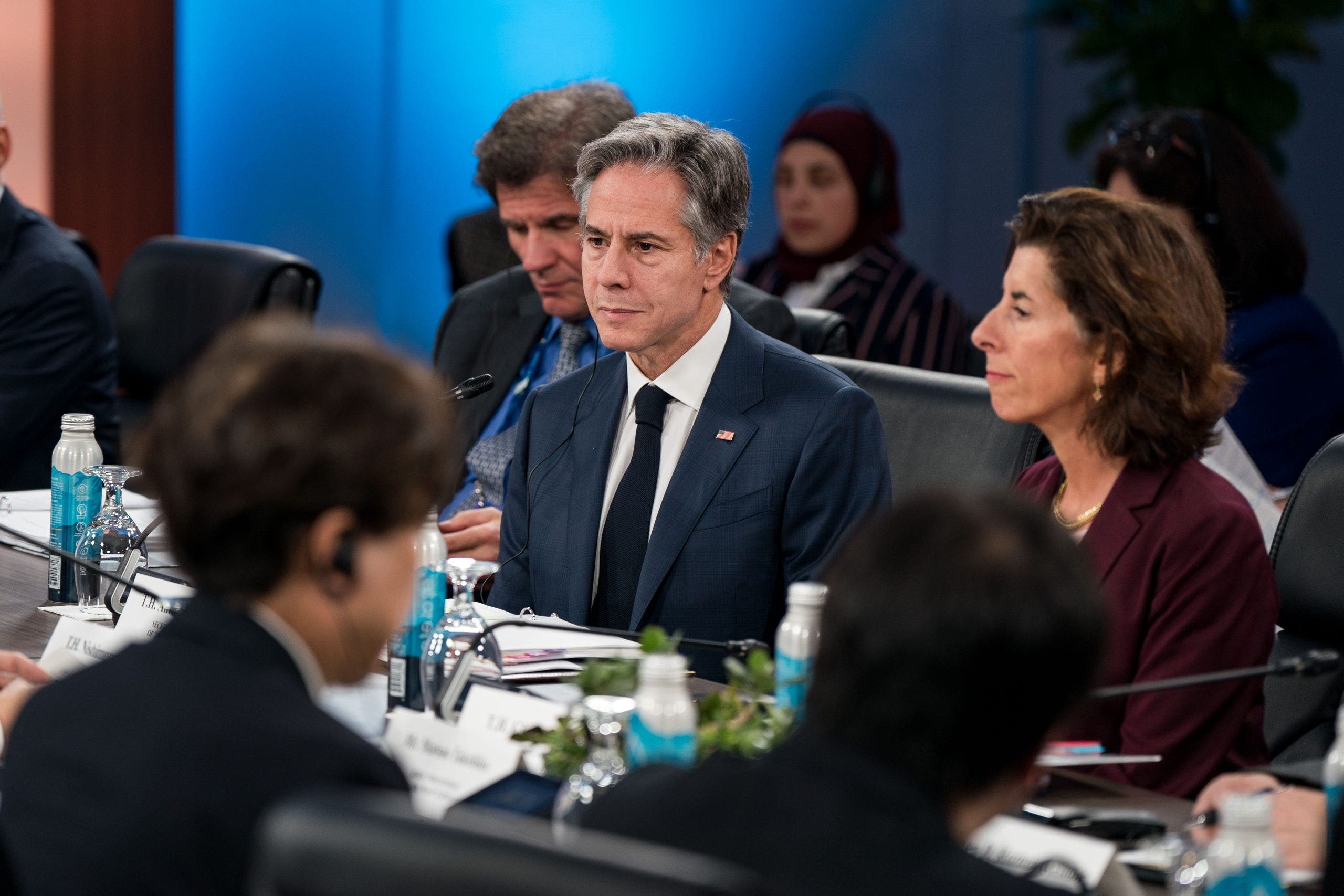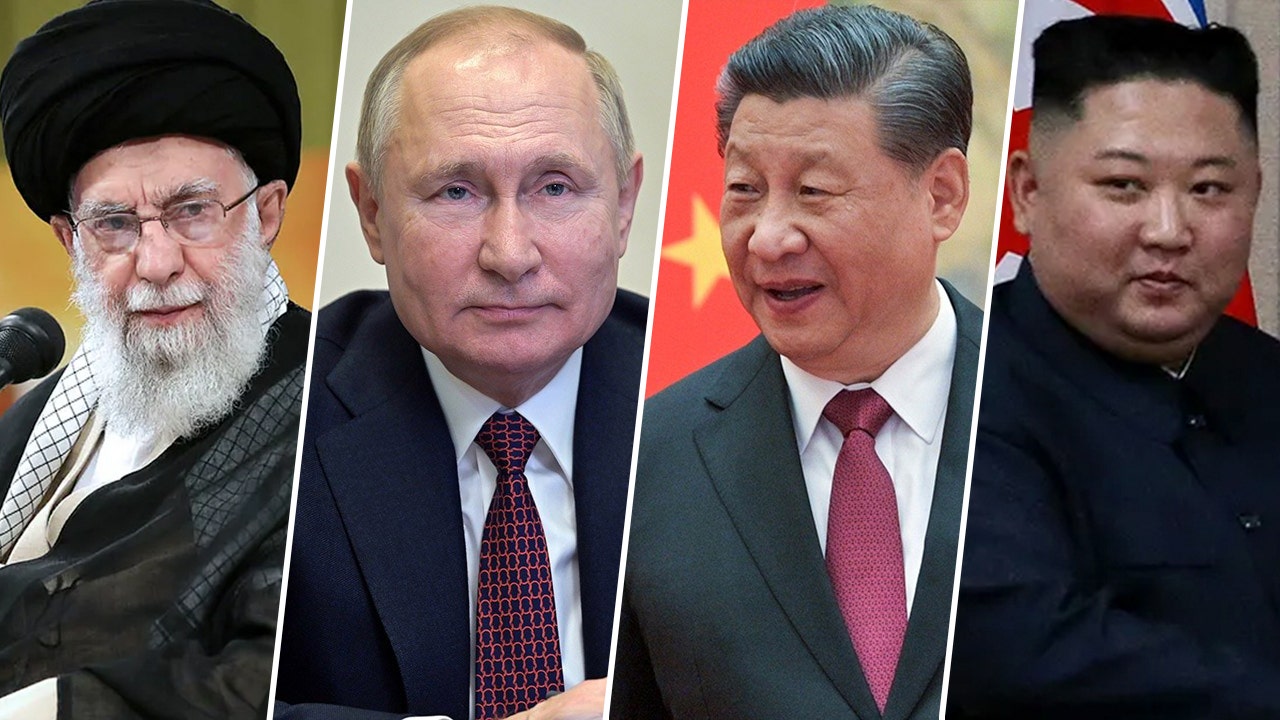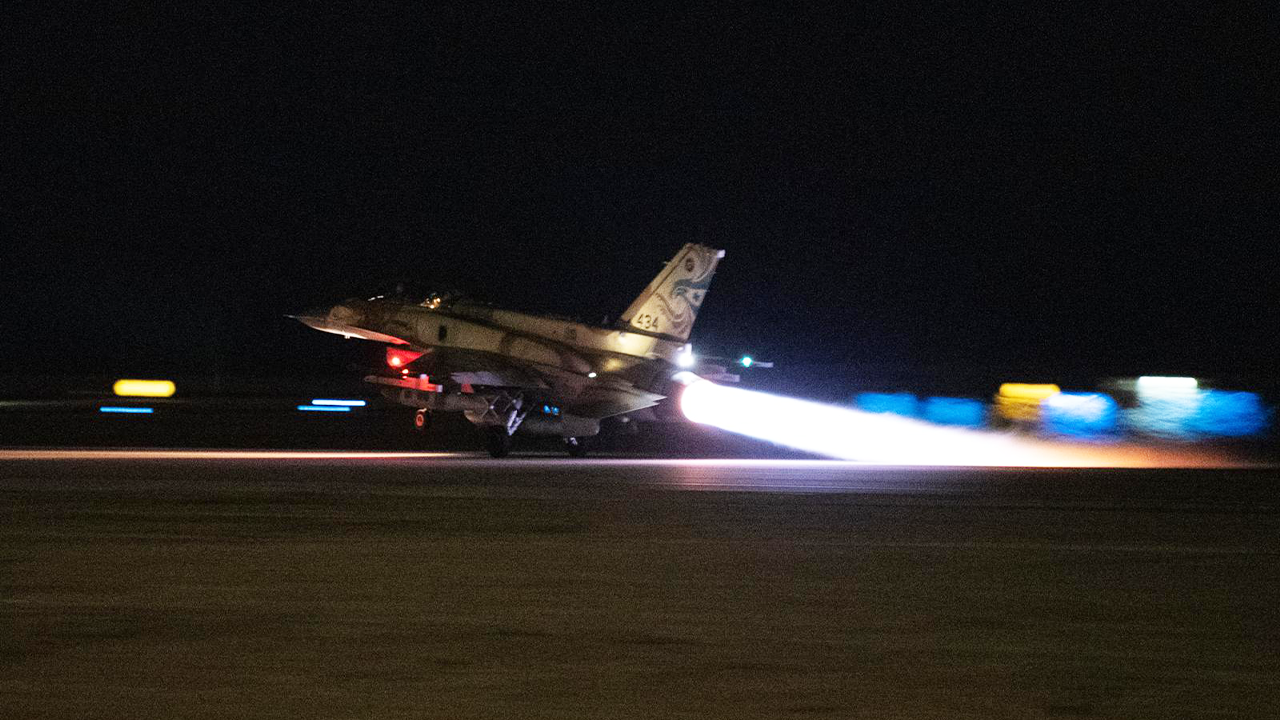Poverty in Lebanon tripled over the course of a decade during which the small Mediterranean country slid into a protracted financial crisis, the World Bank said Thursday.
The percentage of people in Lebanon living below the poverty line rose from 12% in 2012 to 44% in 2022, the bank said in a report based on surveys conducted in five of the country’s eight governorates.
The data provided the most detailed snapshot to date on the economic circumstances of the country’s population since the crisis that began in late 2019, although World Bank officials acknowledged it was incomplete as surveyors were not given access to three governates in the south and east of the country.
The findings showed stark differences in poverty levels between different areas of the country and between Lebanese citizens and the country’s large population of Syrian refugees.
In the Beirut governate, in contrast to the rest of the country, poverty actually declined from 4% to 2% of the population during the decade surveyed, while in the largely neglected Akkar region in the north, the rate increased from 22% to 62%.
Among Lebanese surveyed, the poverty rate in 2022 was 33%, while among Syrians it reached 87%. While the survey found an increase in the percentage of Lebanese citizens working in unskilled jobs like agriculture and construction, it found that most Lebanese still work in skilled jobs while the majority of Syrians do unskilled labor.
A protesting depositor carries a placard at a protest near Parliament in downtown Beirut, Lebanon, on May 9, 2023. Poverty in Lebanon tripled over the course of a decade during which the small Mediterranean country slid into a protracted financial crisis, the World Bank said Thursday, May 23, 2024. (AP Photo/Hussein Malla, File)
The report also measured “multidimensional poverty,” which takes into account access to services like electricity and education as well as income, finding that some 73% of Lebanese and 100% of non-Lebanese residents of the country qualify as poor under this metric.
Beginning in late 2019, Lebanon’s currency collapsed, while inflation skyrocketed and the country’s GDP plummeted. Many Lebanese found that the value of their life savings had evaporated.
Initially, many saw an International Monetary Fund bailout as the only path out of the crisis, but since reaching a preliminary agreement with the IMF in 2022, Lebanese officials have made limited progress on reforms required to clinch the deal, including restructuring the ailing banking sector.
An IMF delegation visiting Beirut this week found that “some progress has been made on monetary and fiscal reforms,” the international financial institution said in a statement, including on “lowering inflation and stabilizing the exchange rate,” but it added that the measures “fall short of what is needed to enable a recovery from the crisis.”
It noted that reforms to “governance, transparency and accountability” remain “limited” and that without an overhaul of the banking sector, the “cash and informal economy will continue to grow, raising significant regulatory and supervisory concerns.”
The World Bank has estimated that the cash economy makes up 46% of the country’s GDP, as Lebanese distrustful of banks in the wake of the crisis have sought to deal in hard currency.
The flourishing cash economy has created fertile ground for money laundering and led to concerns that Lebanon could be placed on the Paris-based watchdog Financial Action Task Force’s “grey list” of countries with a high risk of money laundering and terrorism financing.




